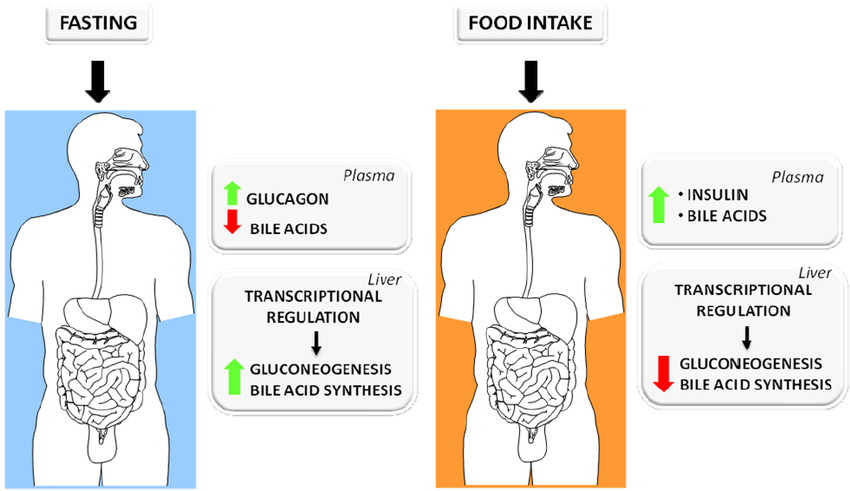How The Body Controls Blood Glucose
Published .

In order to ensure normal body function, the human body is dependent on a tight control of its blood glucose levels. This is accomplished by a highly sophisticated network of various hormones and neuropeptides released mainly from the brain, pancreas, liver, intestine as well as adipose and muscle tissue. Within this network, the pancreas represents a key player by secreting the blood sugar-lowering hormone insulin and its opponent glucagon. However, disturbances in the interplay of the hormones and peptides involved may lead to metabolic disorders such as type 2 diabetes mellitus whose prevalence and medical costs take on a dramatic scale. Therefore, it is of utmost importance to uncover and understand the mechanisms underlying the various interactions to improve existing anti-diabetic therapies and drugs on the one hand and to develop new therapeutic approaches on the other.
The pancreas is an exocrine and endocrine organ
The pancreas has key roles in the regulation of macronutrient digestion and hence metabolism/energy homeostasis by releasing various digestive enzymes and pancreatic hormones. It is located behind the stomach within the left upper abdominal cavity and is partitioned into head, body and tail. The majority of this secretory organ consists of acinar—or exocrine—cells that secrete the pancreatic juice containing digestive enzymes, such as amylase, pancreatic lipase and trypsinogen, into the ducts, that is, the main pancreatic and the accessory pancreatic duct. In contrast, pancreatic hormones are released in an endocrine manner, that is, direct secretion into the blood stream. The endocrine cells are clustered together, thereby forming the so-called islets of Langerhans, which are small, island-like structures within the exocrine pancreatic tissue that account for only 1–2% of the entire organ. There are five different cell types releasing various hormones from the endocrine system, one of which is insulin (another glucagon).
Through its various hormones, particularly glucagon and insulin, the pancreas maintains blood glucose levels within a very narrow range. This preservation is accomplished by the opposing and balanced actions of glucagon and insulin, referred to as glucose homeostasis. During sleep or in between meals, when blood glucose levels are low, glucagon is released from α-cells to promote hepatic glycogenolysis (creation of glucose from stored glycogen). In addition, glucagon drives hepatic and renal gluconeogenesis to increase endogenous blood glucose levels during prolonged fasting. In contrast, insulin secretion from β-cells is stimulated by elevated glucose levels, such as those occurring after a meal.

Glucose enters cells in an ATP-independent manner by means of glucose transporter proteins like insulin. Insulin acts at multiple steps in carbohydrate metabolism.
